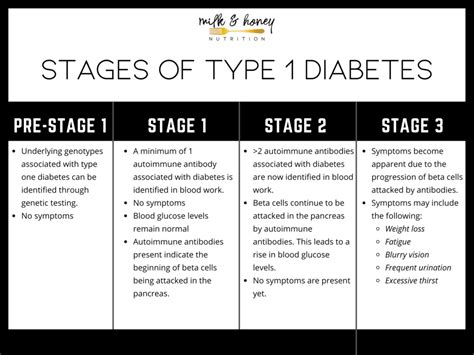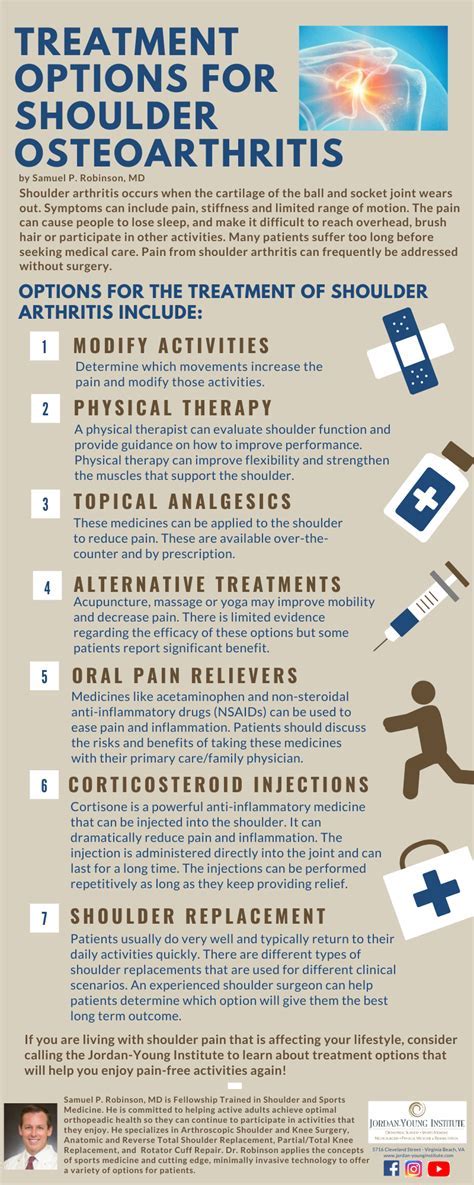Intro
Discover the underlying causes of Type 1 Diabetes, including genetic predisposition, autoimmune triggers, and environmental factors, to understand this chronic condition and its impact on insulin production and glucose regulation.
Type 1 diabetes is a chronic autoimmune disease that affects millions of people worldwide. It is characterized by the body's inability to produce insulin, a hormone that regulates blood sugar levels. Unlike type 2 diabetes, which is often associated with lifestyle factors, type 1 diabetes is an autoimmune disease that occurs when the body's immune system mistakenly attacks and destroys the cells in the pancreas that produce insulin. In this article, we will delve into the causes of type 1 diabetes, exploring the genetic, environmental, and immune system factors that contribute to the development of this disease.
The exact causes of type 1 diabetes are still not fully understood, but research has made significant progress in identifying the key factors that contribute to its development. It is believed that type 1 diabetes is the result of a complex interplay between genetic and environmental factors, which trigger an autoimmune response that destroys the insulin-producing beta cells in the pancreas. This autoimmune response is thought to be triggered by a combination of genetic predisposition and exposure to environmental factors, such as viruses or other toxins.
One of the primary risk factors for type 1 diabetes is a family history of the disease. Individuals with a first-degree relative, such as a parent or sibling, with type 1 diabetes are at a higher risk of developing the disease themselves. This suggests that there is a strong genetic component to type 1 diabetes, with certain genetic variants increasing the risk of developing the disease. However, it is essential to note that having a family history of type 1 diabetes does not guarantee that an individual will develop the disease, and many people without a family history can still develop type 1 diabetes.
Genetic Factors

Environmental Triggers
In addition to genetic factors, environmental triggers are also thought to play a role in the development of type 1 diabetes. These triggers can include viral infections, such as coxsackievirus or rotavirus, which may stimulate an autoimmune response in individuals with a genetic predisposition to the disease. Other environmental factors, such as exposure to toxins or dietary factors, may also contribute to the development of type 1 diabetes. However, the exact role of environmental triggers in the development of type 1 diabetes is still not fully understood and requires further research.Immune System Factors

Autoimmune Response
The autoimmune response in type 1 diabetes is characterized by the production of autoantibodies against the beta cells. These autoantibodies are proteins that are produced by the immune system and are designed to attack and destroy foreign substances. In individuals with type 1 diabetes, the autoantibodies mistakenly attack the beta cells, leading to their destruction. The autoimmune response in type 1 diabetes is also characterized by the activation of immune cells, such as T cells and macrophages, which play a key role in the destruction of the beta cells.Stages of Type 1 Diabetes Development

Symptoms and Diagnosis
The symptoms of type 1 diabetes can vary from person to person but often include increased thirst and urination, blurred vision, and weight loss. If left untreated, type 1 diabetes can lead to serious complications, such as diabetic ketoacidosis, which is a life-threatening condition that requires immediate medical attention. The diagnosis of type 1 diabetes is typically made based on a combination of clinical symptoms, laboratory tests, and medical history. The most common laboratory test used to diagnose type 1 diabetes is the fasting plasma glucose test, which measures the level of glucose in the blood after an overnight fast.Treatment and Management

Current Research and Future Directions
Current research on type 1 diabetes is focused on understanding the underlying causes of the disease and developing new treatments and therapies. One area of research is focused on the development of immune therapies, which aim to prevent or reverse the autoimmune response that causes type 1 diabetes. Another area of research is focused on the development of stem cell therapies, which aim to replace the damaged beta cells with healthy ones. Future directions for type 1 diabetes research include the development of personalized treatments and therapies, which are tailored to an individual's specific needs and genetic profile.Prevention and Early Intervention

Conclusion and Final Thoughts
In conclusion, type 1 diabetes is a complex and multifactorial disease that is caused by a combination of genetic, environmental, and immune system factors. Understanding the causes of type 1 diabetes is essential for developing effective treatments and therapies, and for preventing and managing the disease. While current treatments and therapies can help to manage type 1 diabetes, there is still a need for new and innovative approaches to prevent and cure the disease. Further research is needed to understand the underlying causes of type 1 diabetes and to develop personalized treatments and therapies that are tailored to an individual's specific needs and genetic profile.What are the symptoms of type 1 diabetes?
+The symptoms of type 1 diabetes can vary from person to person but often include increased thirst and urination, blurred vision, and weight loss.
How is type 1 diabetes diagnosed?
+The diagnosis of type 1 diabetes is typically made based on a combination of clinical symptoms, laboratory tests, and medical history.
Can type 1 diabetes be prevented?
+While there is no guaranteed way to prevent type 1 diabetes, maintaining a healthy lifestyle and avoiding exposure to environmental triggers may help to reduce the risk of developing the disease.
What are the current treatments for type 1 diabetes?
+The current treatments for type 1 diabetes typically involve a combination of insulin therapy, lifestyle modifications, and regular monitoring of blood glucose levels.
What is the prognosis for individuals with type 1 diabetes?
+The prognosis for individuals with type 1 diabetes is generally good, with proper treatment and management, individuals with type 1 diabetes can lead long and healthy lives.
We hope this article has provided you with a comprehensive understanding of the causes of type 1 diabetes. If you have any further questions or would like to share your experiences with type 1 diabetes, please feel free to comment below. Additionally, if you found this article informative, please consider sharing it with others who may be interested in learning more about type 1 diabetes.
